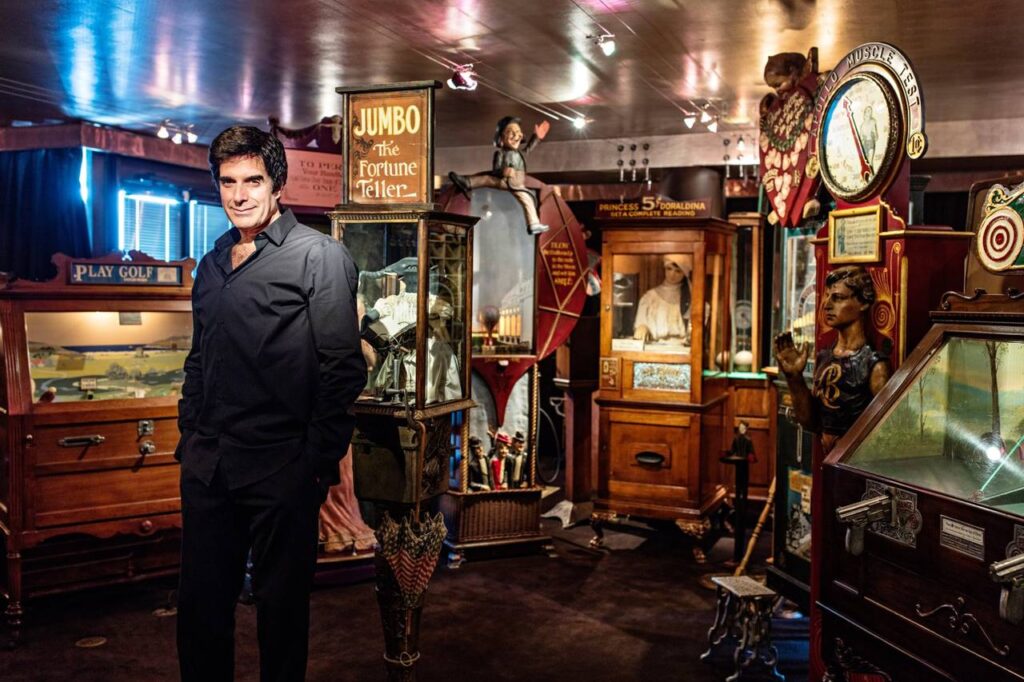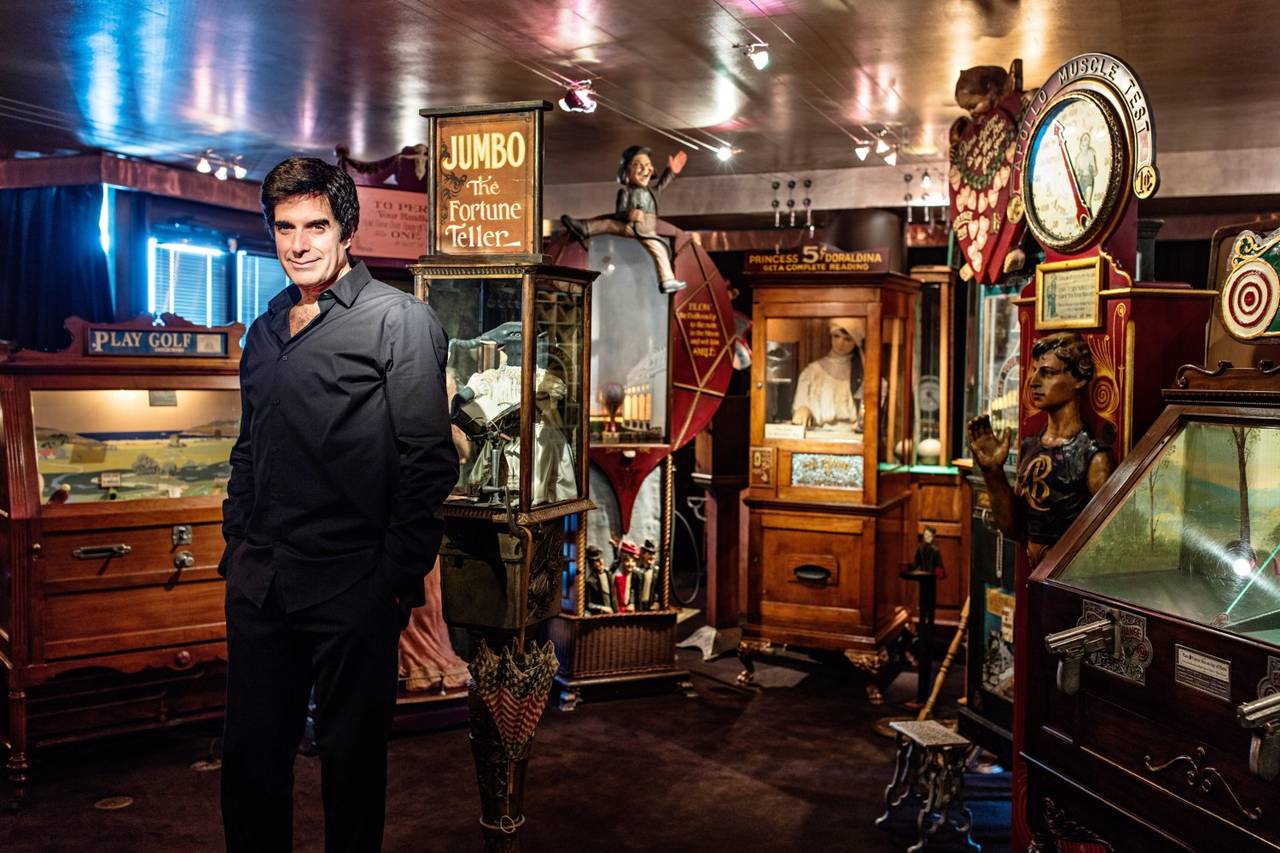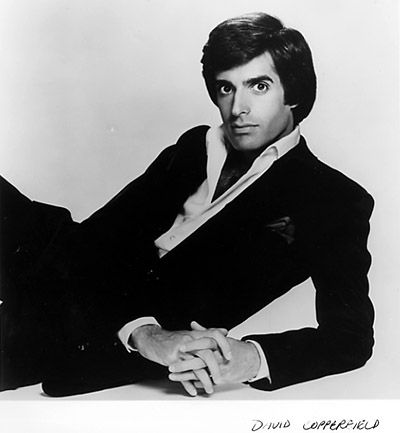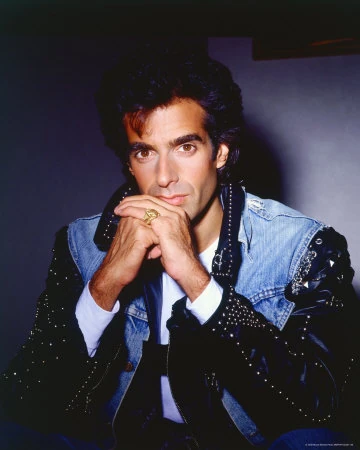David Copperfield is the certainly the most successful and probably the most famous magician alive today. He is a phenomenon wrapped in a mystery and cloaked in the shroud of illusion. For all his stories, not much is known about his inner person; his prestigious career spans decades, has been watched and admired by millions, yet the inner workings of his mind and the depths of his personal life remain largely elusive. He has reshaped and reimagined the landscape of modern magic, elevating it to an art form recognized and revered across the globe. What lies beneath the facade of the commercial titan, the man who has amassed more wealth than any other solo entertainer, is a magician who still believes in the power of a story well told, a mystery well kept, and an illusion well crafted. He has been an inspiration to magicians, including myself.
A Prodigy’s Chronicle
Born David Seth Kotkin to a haberdasher and an insurance adjuster, David Copperfield’s transformation from a ventriloquist at age 8 to the world’s most iconic magician is the stuff of legend. While any child with a deck of cards can call themselves a magician (I did), not every child can captivate an audience or gain admission to the Society of American Magicians by age 12 (I’m still not a member). Copperfield’s early dedication to magic was an obsession, a relentless pursuit of something beyond entertainment — it was an art form that had yet to find its master.
Cinematic Inspirations Over Conjurers
Though steeped in the world of magic, Copperfield’s inspiration stems not from the wand-waving wizards of yore but from the silver screen — Astaire with his elegance, Kelly with his everyman charm, Chaplin with his poignant humor. These greats taught Copperfield the essence of storytelling, the seamless blend of pathos and joy, the dance of light and shadow that magic could be. It’s no small feat to make magic romantic, comedic, or even sexy, but Copperfield’s approach has always been to imbue his illusions with the richness of a cinematic narrative. And though a rewatch of his earlier specials might drip to modern audiences with saccharine nostalgia, the underlying genius of his work remains undeniable. Watching his stage show almost makes one think he wants nothing more than to live inside a Steven Spielberg film.
Illusions Larger Than Life
To speak of Copperfield’s illusions is to talk of the seemingly impossible. He took Houdini’s playbook, but also Carter’s, and Thurston’s, and made each bigger and bigger. Jets vanish, landmarks disappear, the very laws of physics are openly defied. These feats, however, are all more than just acts of illusion; they are acts of revolution. In a world where CGI reigns supreme, and performing at the dawn of the computer age, Copperfield’s hands have sculpted wonders from the tangible, the real; there is a reason he remains on stage every night in front of real audiences. They are reminders that there is magic without screens, without edits, without digital interference — a purer, more profound magic. And while critics have quibbled about the artistic merit of his grandiose spectacles, dismissing them as mere flamboyance, one cannot deny the emotional resonance that his work carries.
One of his most headline-grabbing illusions was televised in 1983, during the special “The Magic of David Copperfield V: The Statue of Liberty Disappears.” The act was audacious, unthinkable: making Lady Liberty vanish before the eyes of a live audience and millions of viewers at home. With the New York City skyline as his backdrop and the statute surrounded by a ring of lights, Copperfield lifted a giant curtain. Upon its fall, the illuminated outline remained, but the monument was gone. It was an astonishing moment that transcended the trick. It was a meditation on liberty’s fragility, a patriotic nod wrapped in a grand illusion.
This feat was a masterstroke of emotion and showmanship, making viewers ponder the significance of freedom while simultaneously questioning their own eyes. To accomplish this, Copperfield didn’t simply execute an illusion; he orchestrated an experience that leveraged the viewer’s perspective, controlling every angle to achieve the unimaginable.
The Steward of Magic’s Lore
Behind the showman lies the guardian, or perhaps hoarder, of magic’s past. Copperfield’s International Museum and Library of the Conjuring Arts is an homage to his predecessors, and a sanctuary where the secrets of Houdini, Maskelyne, Robert-Houdin, and virtually every other piece of historically significant magic are preserved. This collection, secretive and grand, brims with the spectral presence of the greats, their triumphs and tragedies, their milestones, and their miseries. For Copperfield, the museum is not just a trove of relics; it is a library of the human spirit, with each trick and tome a chapter in the human pursuit of wonder, but also a time capsule; he has recreated the exact façade of Tannens Magic Shop as it was in New York City when he was growing up.

Magic as a National Treasure
In championing magic as an art form, Copperfield’s voice is clear and unwavering. His campaign to have magic recognized by the United States Congress speaks to a deeper truth: magic, like any art, reflects the culture from which it springs. It is a mirror to our desires, our fears, and our need for the inexplicable. By pushing for magic’s formal recognition, Copperfield argues for its place in the pantheon of the cherished and the protected. It’s a noble cause but one fraught with the specter of commercialism. Can magic retain its essence, its allure, its mystery, once it is institutionalized, cataloged, and dissected?
David Copperfield, the man, might be an enigma, but his legacy is written in broad, unmistakable strokes. His work has enthralled millions, sparked countless dreams, and reignited the flame of magic in a world all too eager to explain away the mysterious. Copperfield, with his grand illusions, remains a living testament to the power of belief — in oneself, in one’s art, and in the enduring magic that exists wherever there is a person willing to see it.
Continuing Magic
Today, David Copperfield stands as one of the most industrious figures in show business, arguably the hardest worker in the field. He maintains an astounding schedule, performing around 650 shows annually, a testament to his enduring passion and dedication to the art of illusion. In keeping with his reputation for groundbreaking and audacious feats, Copperfield has an ambitious plan on the horizon: making the moon disappear. This planned illusion, true to Copperfield’s style, promises to be a spectacle of epic proportions, blending his mastery of magic with the flair for the dramatic that has become his signature. As always, audiences eagerly anticipate what Copperfield will conjure next, maintaining his status as a living legend in the world of magic and entertainment.




